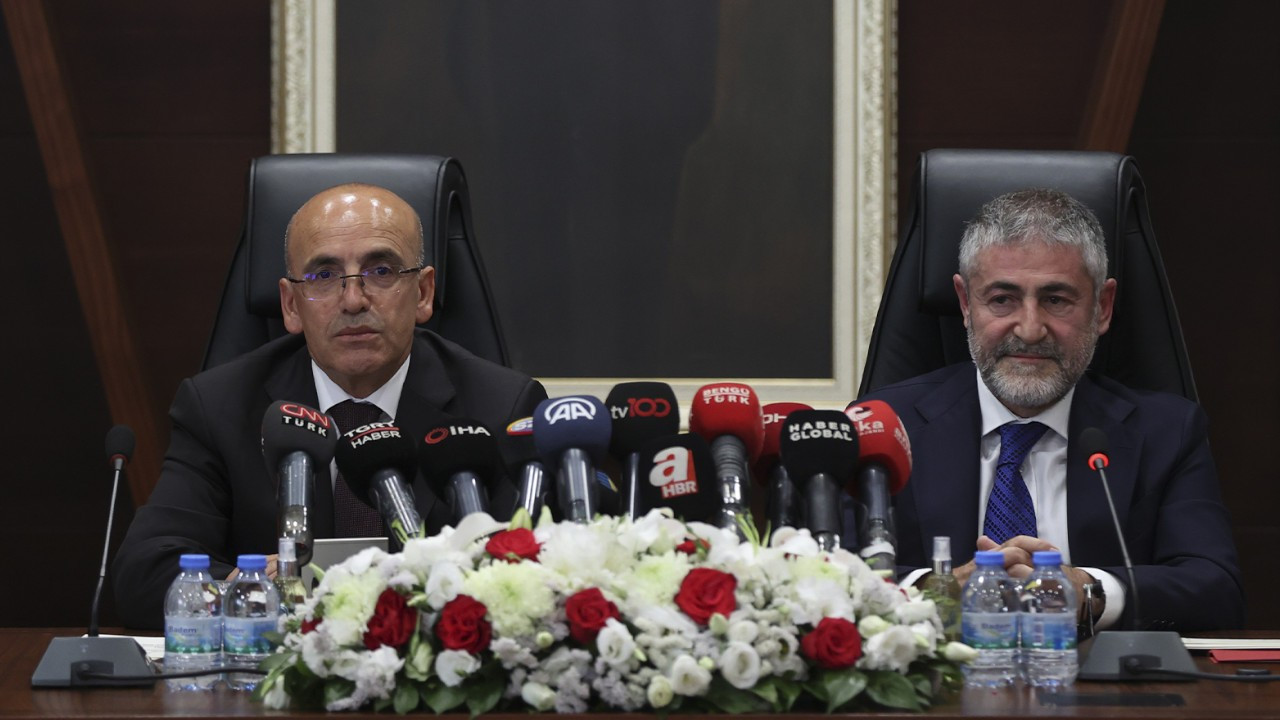Turkey’s Central Bank sells 199 billion dollars to stabilize Turkish Lira since December 2021
Turkey's Central Bank has sold 199 billion dollars to hold exchange rates stable since December 2021, according to Bloomberg economist Selva Baziki's calculation.
Duvar English
Bloomberg economist Selva Baziki calculated that Turkey's Central Bank has sold approximately 199 billion dollars in foreign currency from December 2021 to the end of May 2023, as part of their backdoor interventions aimed at maintaining stable exchange rates.
In her social media post, Baziki stated that this amount means approximately 12 billion dollars were sold per month. With the possible impact of the elections (occured in mid-May), she estimated that the total for April-May would reach 52 billion dollars.
We estimate the CBRT's stealth interventions since Dec 2021 through May may have reached $199 billion.
— Selva Baziki (@SelvaBaziki) June 13, 2023
That's nearly $12 billion a month.
Interventions likely got a boost from elections: April-May total reached $52 billion.
1/2 pic.twitter.com/ZnCAVtNbkm
The significant contrast between the decline of 9 billion dollars in net reserves (excluding swaps) and the substantial net flows of $190 billion indicates a notable surge in intervention, totaling approximately 199 billion dollars. Concurrently, the Turkish lira experienced a depreciation of over 40 percent against the dollar throughout this period, reaching its lowest levels in recent history.
Turkey’s economic administration is trying to contain the depreciation of the Turkish lira with backdoor foreign exchange sales and various non-market regulations for a long time. Nonetheless, the exchange rates has been rising since the elections and they have been reaching all time records every week.
As the backdoor sales rapidly depleted reserves, the central bank implemented an additional strategy of selling gold to reinforce its foreign exchange reserves in the past months.
After the elections, the president handed over the economic administration to the ruling Justice and Development Party’s former economy czar Mehmet Şimşek. Also, Hafize Gaye Erkan was appointed to the head of the Central Bank. Nonetheless, the “new” figures have not created a new path yet despite the volatile exchange rates.

 Turkish central bank's net forex reserves fall below zero after 21 yearsEconomy
Turkish central bank's net forex reserves fall below zero after 21 yearsEconomy Erdoğan names Gaye Erkan to lead Turkey's central bankEconomy
Erdoğan names Gaye Erkan to lead Turkey's central bankEconomy Turkish economy to return to 'rational ground', says new Finance Minister ŞimşekPolitics
Turkish economy to return to 'rational ground', says new Finance Minister ŞimşekPolitics